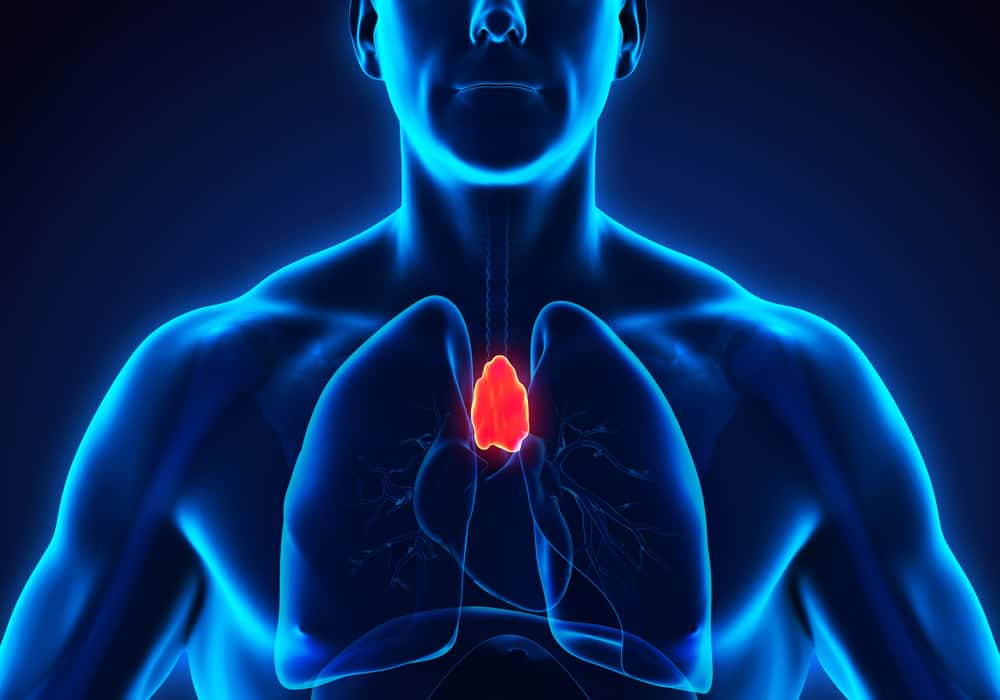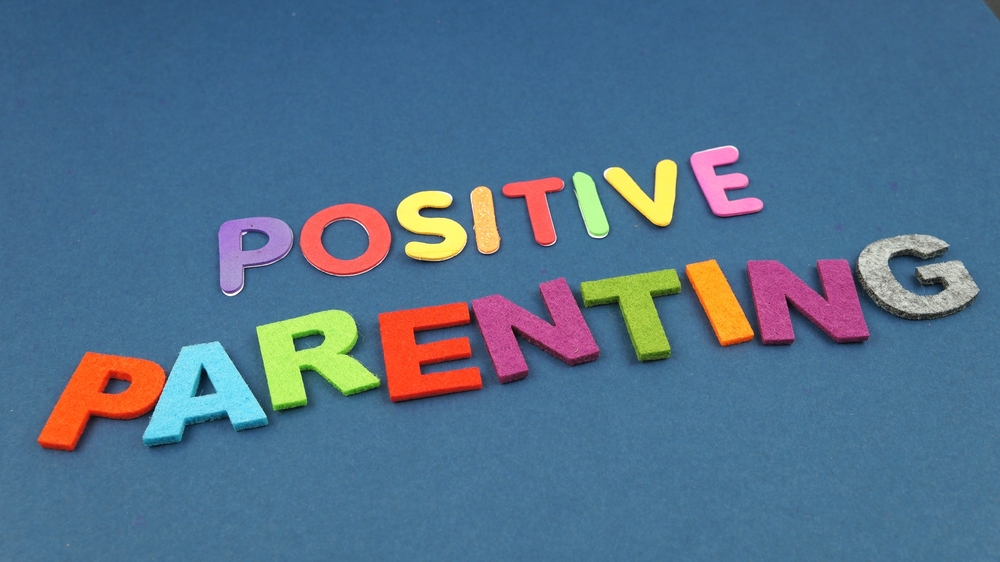Contents:
- Medical Video: Anemia symptoms and treatments - Signs of being anemic
- Signs and symptoms of anemia in children
- Detect anemia in children
- Treatment of anemia in children
- Caring for children who have anemia
Medical Video: Anemia symptoms and treatments - Signs of being anemic
Anemia, one type of blood disorder, generally occurs when the level of healthy red blood cells in the body is too low. This condition can interfere with health because red blood cells contain hemoglobin, a protein that carries oxygen to body tissues. Anemia can cause various complications including stress and fatigue in the body.
Anemia can be caused by many factors, but the three main body mechanisms that trigger it are:
- Damage to large amounts of red blood cells
- Blood loss
- Red blood cell production is lacking
Among the various causes, anemia can occur due to congenital abnormalities, nutritional problems (such as iron deficiency or vitamins), infections, certain types of cancer, or exposure to drugs or poisons.
Signs and symptoms of anemia in children
Children affected by anemia will usually show initial symptoms such as light pale skin and pink color from the lips and nail pads fading. This change can occur gradually even though it is rarely realized. Other common symptoms of anemia, including:
- Fussy children
- Fatigue
- Dizziness, dizzy head, and fast heartbeat
If anemia is caused by damage to large amounts of red blood cells, symptoms that may be experienced by patients are jaundice, yellowing of the eyeballs, enlargement of the spleen, and dark colored urine such as tea.
In infants and preschoolers, iron anemia deficiency (iron deficiency) can cause developmental delays and behavioral disorders, such as decreased motor activity and problems related to social interaction and concentration on tasks. Research shows that children's development will continue to be disrupted until children reach school age if iron deficiency problems are not addressed.
Detect anemia in children
In many cases, doctors will not immediately diagnose anemia before they run a blood test as part of a routine physical examination. General check up (complete blood count / CBC) can detect red blood cell counts below normal limits. Besides CBC, diagnostic tests to detect anemia, including:
- Blood smear examination: Blood samples are placed on glass preparations for microscopic examination of red blood cells, which can sometimes indicate the cause of anemia.
- Iron tests: This test includes serum iron test and ferritin test, which can help determine whether anemia is caused by iron deficiency or not.
- Hemoglobin electrophoresis: This test is used to identify various abnormalities of hemoglobin in the blood and to diagnose sickle cell anemia, thalassemia, and other derivative forms of anemia.
- Bone marrow aspiration and biopsy: This test can determine the normal or not cell production in the bone marrow. This test is the only way to diagnose definitive aplastic anemia and is also used if a disease that attacks the bone marrow (such as leukemia) turns out to cause anemia.
- Reticulocyte count: This test is used to measure pink blood cells. The purpose of this test is to help determine the normal level of red blood cell production.
In addition to carrying out the above tests, your doctor may ask about your family's anemia history, the symptoms you are experiencing, and the medicines your child is taking. This procedure can help doctors determine other tests to look for certain diseases that might cause anemia.
Treatment of anemia in children
The treatment given for anemia depends on the cause. As a wise parent, you should not be too hasty to assume that your child's symptoms may be caused by iron deficiency. Check your child with a doctor for more accurate results.
If your child has anemia due to iron deficiency, your doctor may prescribe drops (for babies), syrup drugs, or tablets (for older children), which usually must be taken for 3 months to restore iron levels in the body. In addition, your doctor may advise you to provide iron-rich foods for your child or reduce milk intake.
For adolescents who have anemia and have heavy or irregular menstrual periods, doctors may prescribe hormonal treatment to help regulate bleeding.
Supplementation of folic acid and vitamin B12 can be recommended if anemia is caused by malnutrition, although this case is rare in children.
Anemia caused by infection will usually improve when the infection has been treated or recovered. If certain drugs are thought to be the cause of anemia, doctors can stop or change treatment, unless the benefits of the drug outweigh these side effects.
Depending on the cause, treatment for chronic anemia is:
- Red blood cell transfusion from a donor
- Removal of the spleen or administration of drugs to prevent blood cells from being dislodged or destroyed too quickly
- Giving medicine to fight infection or stimulate the bone marrow to make more blood cells
- In some cases such as sickle cell anemia, thalassemia and aplastic anemia, a bone marrow transplant can be performed. In this procedure, bone marrow cells taken from the donor will be injected into the child's vein; these cells enter the bloodstream to the bone marrow and start producing new blood cells.
Caring for children who have anemia
The type, cause, and severity of your child's anemia will determine what type of treatment is needed even though children are usually able to tolerate anemia much better than adults.
Significant children with anemia tend to be more tired than other children so their activities must be limited. Make sure the child's teacher and caregiver are aware of the condition. For cases of iron deficiency anemia, follow the doctor's directions about dietary changes and additional consumption of iron supplements.
If the spleen enlarges, your child may be banned from doing strenuous exercise because of the risk of spleen rupture or bleeding if your child is injured. Certain types of anemia, such as sickle cell anemia, require more specific treatment and treatment.












